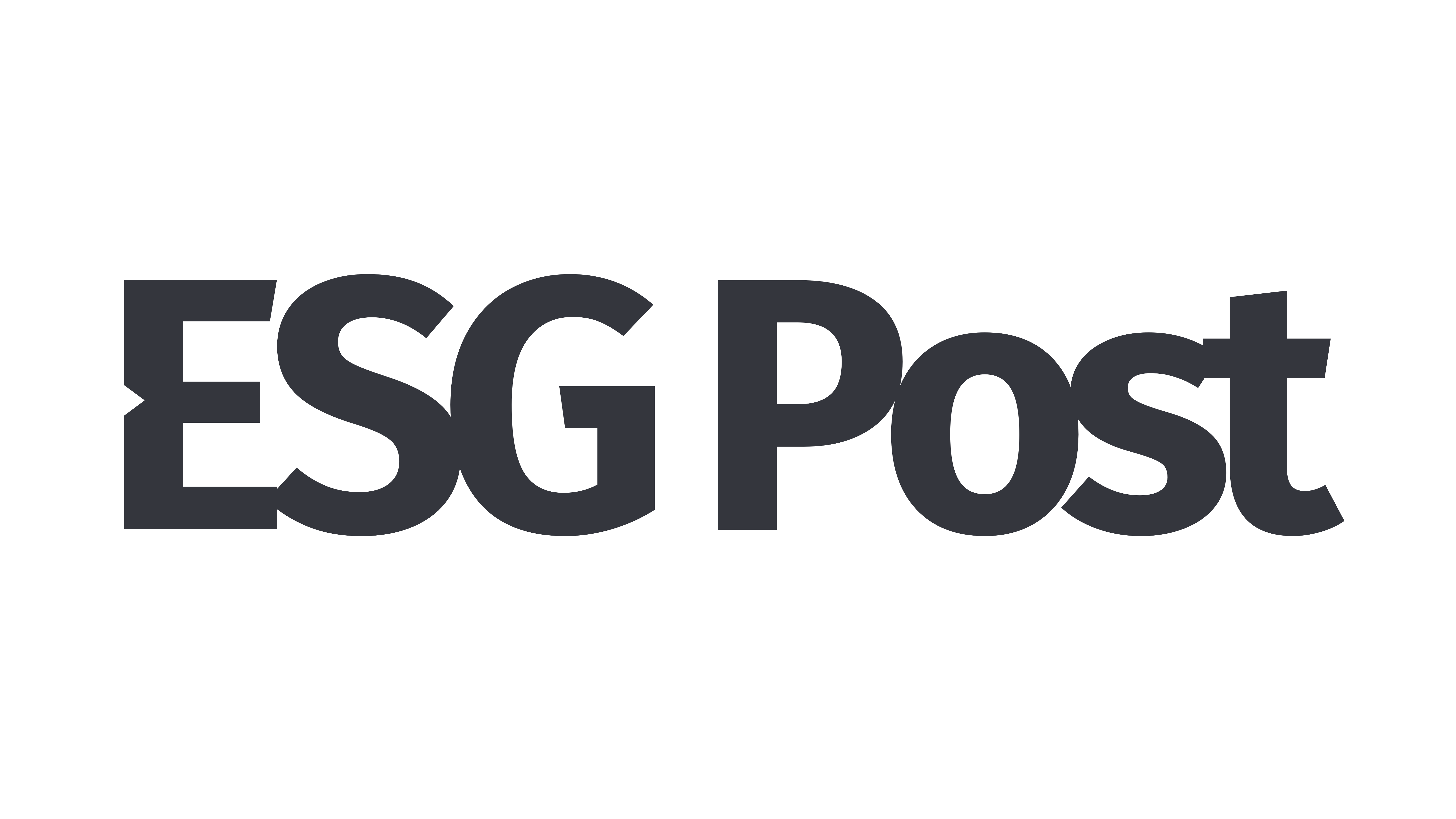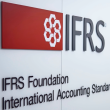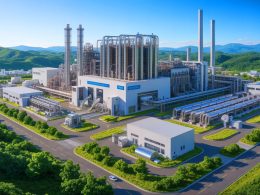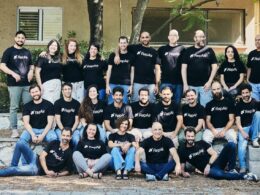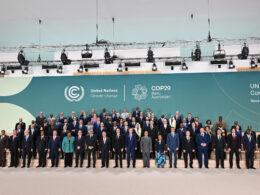The U.S. Green Building Council (USGBC) has officially launched LEED v5, the latest iteration of its flagship Leadership in Energy and Environmental Design (LEED) programme. Building on a 25-year legacy, LEED v5 strengthens the world’s most widely recognised green building standard, introducing updated requirements and user-friendly tools to help building owners and project teams achieve certification through enhanced technology.
Peter Templeton, President and Chief Executive of USGBC, remarked: “Since its public launch 25 years ago, LEED has profoundly impacted millions of people in cities and communities around the world. LEED v5 raises the bar, evolving best practices and giving the industry clear pathways to tackle today’s urgent challenges around health, climate, and community wellbeing.”
Addressing decarbonisation, health, and resilience
Developed with input from thousands of green building professionals globally, LEED v5 has been designed to respond to current sustainability challenges and opportunities. The new version places greater emphasis on decarbonisation, human and ecological health, and resilience.
Decarbonisation now accounts for half of all LEED v5 certification points, with a focus on reducing emissions throughout the building life cycle – from operations to embodied carbon, refrigerants, and transportation. Every LEED v5 project will be required to complete an operational carbon projection and formulate a comprehensive long-term decarbonisation strategy.
The standard also strengthens the focus on quality of life, with credits dedicated to improving the health and wellbeing of building occupants and local communities. As global demand for healthier and more sustainable spaces rises, LEED v5 introduces enhanced measures for transparency and accountability.
In addition, resilience is a major theme throughout the updated rating system. All projects must complete climate resilience assessments to identify hazards, mitigate risks, and strengthen long-term sustainability. Strategies to protect ecosystems, minimise business disruptions, and safeguard asset values are embedded across the building life cycle.
Sarah Zaleski, Chief Products Officer of USGBC, said: “Investors, owners, occupants, and policymakers are increasingly demanding buildings that reduce emissions, mitigate climate risks, and deliver healthy, productive environments. LEED v5 provides best practices and accountability across these dimensions, offering tangible benefits to stakeholders.”
Strengthening the business case for sustainability
LEED-certified properties continue to demonstrate strong returns, with data showing a 21.4% higher average market sales price per square foot compared to non-certified buildings, alongside 11% higher rental rates and improved financing terms. Certified buildings also reduce water, energy, and waste consumption by over 20%, contributing to healthier and more productive environments for occupants.
“For more than two decades, LEED has transformed the real estate sector by linking sustainability with commercial value,” said Anica Landreneau, Senior Principal and Director of Sustainability at HOK. “It empowers organisations to create high-performance buildings that meet environmental goals while advancing business objectives.”
Customisation and transparency at the core
LEED remains the most globally recognised green building certification, offering rigorous third-party verification to demonstrate environmental leadership. Under LEED v5, all certified projects will receive impact reports to communicate their sustainability achievements. A new project priorities category also enables greater customisation to reflect regional and sector-specific challenges.
“LEED v5 represents a bold step forward in transforming the built environment,” said Grace Kwok, Chief Sustainability Strategist at AEC Capital Limited. “By emphasising climate resilience, it recognises the urgent need to adapt buildings to a changing world. We are proud to be delivering the first LEED v5 project in Asia at the International Commerce Centre (ICC), setting a new benchmark for green innovation.” LEED v5 was shaped through extensive public consultation, with over 7,000 comments received during two public comment periods in 2024. USGBC members ratified the final version earlier this year, providing strong endorsement for the new standard’s role in leading the next era of sustainable building.
